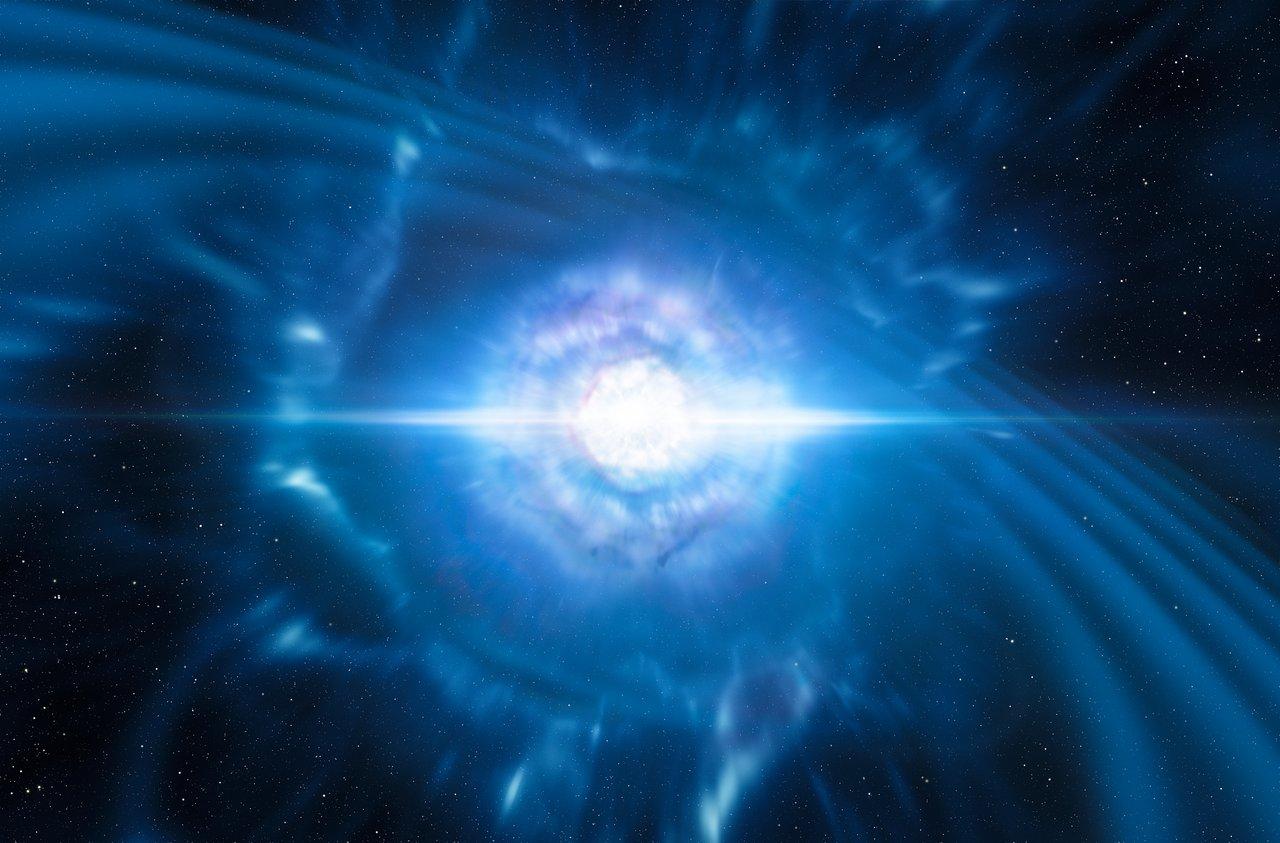In 2017, astronomers observed one of the most important and mysterious cosmic events: an explosion known as a kilonova. Larger than supernovae, kilonovae occur as a result of two neutron stars colliding after being drawn together by gravity.
For milliseconds, they merge into a “hypermassive” neutron star which then collapses in on itself and forms a black hole while also producing an enormous explosion. The hypermassive neutron star has a strong magnetic field that emits huge amounts of light and expels heavy elements such as gold, platinum, and uranium that are made by the colliding matter in the neutron stars. After observing the kilonova in 2017, scientists initially thought that these explosions would be chaotic, flat, and asymmetrical. However, using advanced geometric models, scientists later calculated that the kilonovae blasts form perfectly symmetrical spheres!
Scientists are still unsure about what causes the sphere to be so perfect. One hypothesis suggests that there is a massive, unexpected amount of energy at the explosion’s core which helps smooth out the asymmetry of the explosion. Another hypothesis is that when the hypermassive neutron star collapses into a black hole, the energy released from its magnetic field creates something like a “magnetic bomb” that evenly spreads the heavy metals produced in the collision.
Regardless of what causes kilonovae to form as spheres, scientists agree that it could have profound implications for how we understand the Universe. Since a sphere emits evenly dispersed light, scientists will be able to judge the distance to these celestial objects more precisely and determine the rate at which the Universe is expanding.










